 Wenjen, Mia and Foley, Alison. How to Coach Girls
Wenjen, Mia and Foley, Alison. How to Coach Girls
March 1st 2018 by Audrey Press
ARC provided by the publisher
This short but very complete volume addresses a wide variety of issues of coaching but emphasizes the need for coaches to recognize the special concerns of girls in sports. Since middle school girls are particularly vulnerable to quitting sports they love because of social pressures, this is a much needed book! The section on “The Big Picture” covers topics such as developing team chemistry, making sure that players are good teammates, and developing the whole athlete so that children are not just good at their game, but good people as well. These are all very important aspects of the cross country program with which I help, so it was good to reinforce that material, but the information about “keeping it fun” which includes CAKE was good to read as well. With 75 runners, the “fun” aspects has proven to be harder and harder to maintain, but it’s such a crucial element.
The section on solutions to specific issues is something that would have been useful to me when I was coaching my own daughter! Many coaches do this, and it’s hard to understand why methods that work with other athletes might not work with one’s own child! Cliques, confidence, captains, losing streaks, and the all important topic of body image are covered in just enough detail to inform beginning coaches of these pitfalls while offering helpful advice for seasoned coaches who might not have been able to come up with a good approach to some of them. (You have to break large teams into smaller groups, and we always agonize about it!)
After working with a seasoned coach for ten years, we have a good pre-season plan (it often feels like it’s a year round plan!), but new coaches will definitely want to make sure that they pay special attention to the codes of contact and especially the medical emergency plans. (I’ve never thought about back up contact lenses, but then it’s pretty easy to run without corrective lenses, judging from my own experiences of running without them and the number of glasses I hold onto every season!)
The book itself is a great small size to through in a coach’s backpack, although since I am used to reading middle grade literature, the print seemed awfully tiny. This is a great resource for anyone coaching girls, and Girls of the Run should definitely buy these in bulk and hand them out with their resource boxes for this program! It also makes a great gift for the coaches in your daughters’ lives– combined with some chocolate, just for the “fun” factor!

 tein, Michael and Holinstat, Debbie Bornstein.
tein, Michael and Holinstat, Debbie Bornstein.  llard, Sneed B. III. Insects: The Most Fun Bug Book EverMarch 1st 2017 by Charlesbridge PublishingCopy provided by the publisher
llard, Sneed B. III. Insects: The Most Fun Bug Book EverMarch 1st 2017 by Charlesbridge PublishingCopy provided by the publisher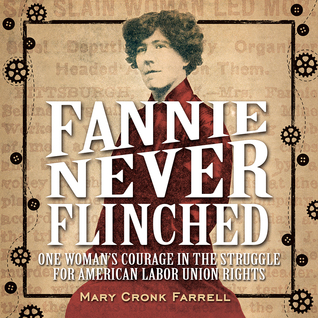
 Pimm, Nancy Roe. The Jerrie Mock Story:The First Woman to Fly Solo around the World
Pimm, Nancy Roe. The Jerrie Mock Story:The First Woman to Fly Solo around the World
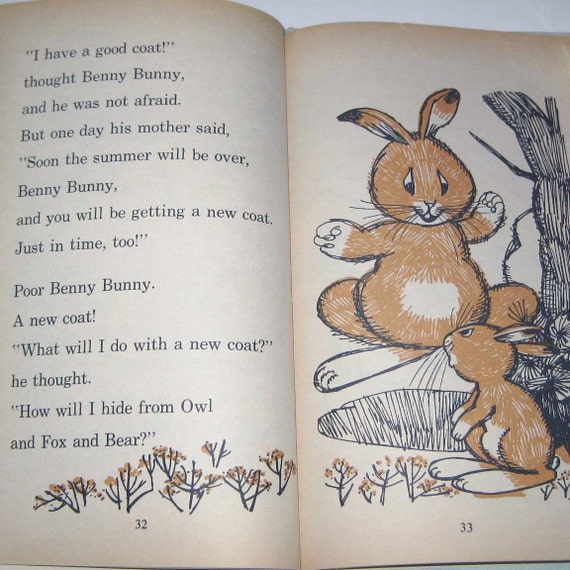
 ding this, I was immediately transported back in time to my childhood. My mother taught elementary school, so we had an odd assortment of books. I was able to come up with the title of The Three Coats of Benny Bunny (Asheron, Sara. Grosset and Dunlap, 1968), which was one of my favorites. In the book, Benny learns that he is well-equipped to go on adventures away from his mother.
ding this, I was immediately transported back in time to my childhood. My mother taught elementary school, so we had an odd assortment of books. I was able to come up with the title of The Three Coats of Benny Bunny (Asheron, Sara. Grosset and Dunlap, 1968), which was one of my favorites. In the book, Benny learns that he is well-equipped to go on adventures away from his mother. 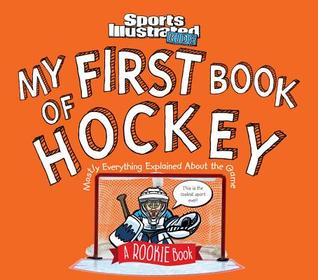 Editors of Sports Illustrated for Kids. My First Book of Hockey: A Rookie Book: Mostly Everything Explained About the Game
Editors of Sports Illustrated for Kids. My First Book of Hockey: A Rookie Book: Mostly Everything Explained About the Game The best thing about this book is that Ms. Fleming acknowledges right from the beginning that Buffalo Bill’s treatment of Native Americans, as well the language used for and treatment of Native Americans during his life, is problematic. She also mentions that while the entire concept of the Wild West is also problematic, it was very important to many US citizens and persists in our culture.
The best thing about this book is that Ms. Fleming acknowledges right from the beginning that Buffalo Bill’s treatment of Native Americans, as well the language used for and treatment of Native Americans during his life, is problematic. She also mentions that while the entire concept of the Wild West is also problematic, it was very important to many US citizens and persists in our culture.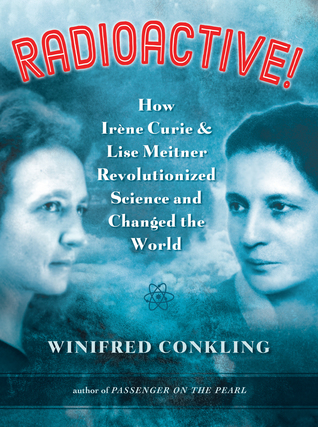 Conkling,Winifred. Radioactive!
Conkling,Winifred. Radioactive!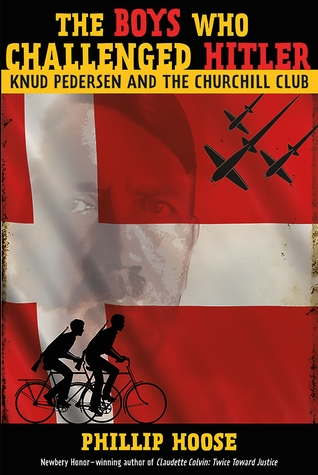 Hoose, Phillip. The Boys Who Challenged Hitler: Knud Pedersen and the Churchill Club.
Hoose, Phillip. The Boys Who Challenged Hitler: Knud Pedersen and the Churchill Club.